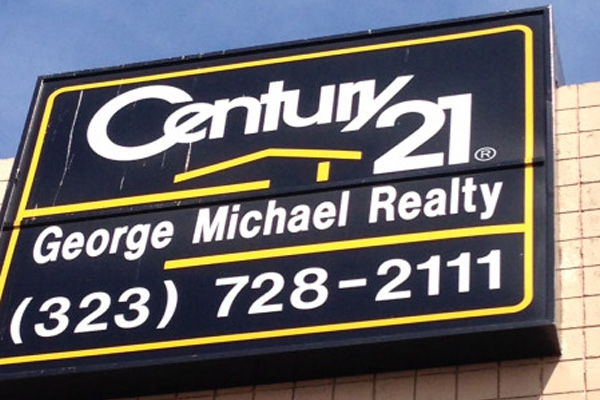
Photo: dennis rodkin
When it comes to finding a house in a low-inventory neighborhood, you gotta have faith. And a big down payment.
After I tweeted a link to Prudential Rubloff agent Ron Goldstein’s look at just how tight the inventory of for-sale homes is last week, a reader named Sarah tweeted back with this question:
Q: What is your advice for would-be buyers in these neighborhoods? Will increasing prices push owners to sell?
A: Be prepared to offer the best terms you can. Keep in mind that sellers don’t only scrutinize the price you offer to pay, but the closing date and financing.
So if you can possibly buy without a mortgage contingency, do. (A mortgage contingency means your offer is contingent on your ability to get your present home sold.) First-time buyers don’t have to worry about this, as they’re not selling another home in order to move. For move-up buyers, it’s been a common obstacle to getting an offer on the next house accepted.
Offering all-cash is great, but many people can’t do that. At least be prepared with a big down payment (20 percent). Sellers get the same amount of money no matter what you put down, of course, but they see the bigger down payment as a sign that you’re more likely to qualify for the mortgage, which means they won’t end up with the contract falling apart.
Look at houses during the week if you can. Several hot listings have had traffic jams of potential buyers coming in on Saturday or Sunday. Agents have told me that when they have a hot property and expect lots of showings, they now say something along the lines of, “the doors will be open 10 to 5, come any time,” instead of making appointments. And contracts then get offered Sunday night.
If you take a weekday off to look at the new listings ahead of the weekend hunters, you won’t feel so rushed or feel like a sardine in the houses—and you might put in a contract before the weekend rush. (But be aware that a few sellers have held off on accepting contracts until after the weekend, to see if something better comes along.)
Don’t lowball an offer unless the home is truly overpriced—which your agent might know or you might know from past research on properties. Most sellers who come on the market now know where they have to price it to sell. If there are multiple lookers, that’s a good sign it’s priced right. If you give a lowball offer, you’ll just annoy the seller and miss your chance to get into the bidding. (That’s not to say all houses are priced right. If you find one that clearly is overpriced, go for the lowball. Some sellers at this point know their price is wrong but out of pride refuse to lower it. Some capitulate when an offer comes in.)
If you see a ton of foot traffic in a house, don’t make an offer unless (1) you know from looking at everything else on the market that you can’t live without that house, and (2) you’re prepared to pay more than the asking price.
On your second question: Yes, it seems very likely that we can expect the inventory shortages to ease up.
The recent price increases in some neighborhoods have cut—but not eliminated—the losses that sellers face, which makes it more comfortable to sell. If more people become put their homes on the market, that increased inventory ought to cool off the price increases some. Which would be good for buyers who’ve been watching their affordability shrink and may have lost out in some recent bidding wars.



